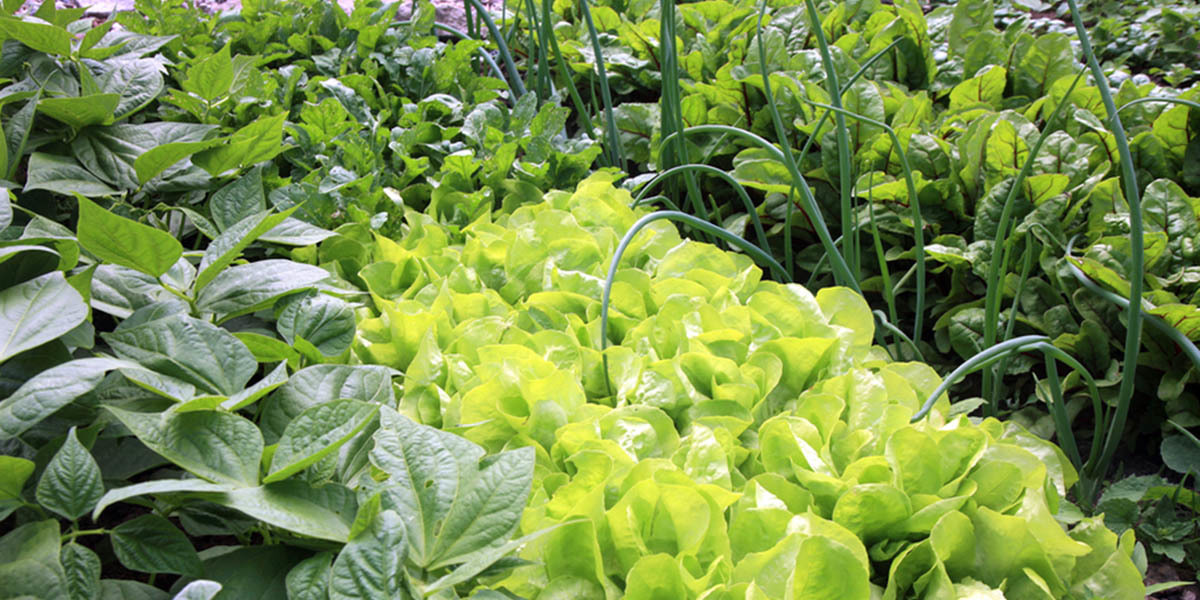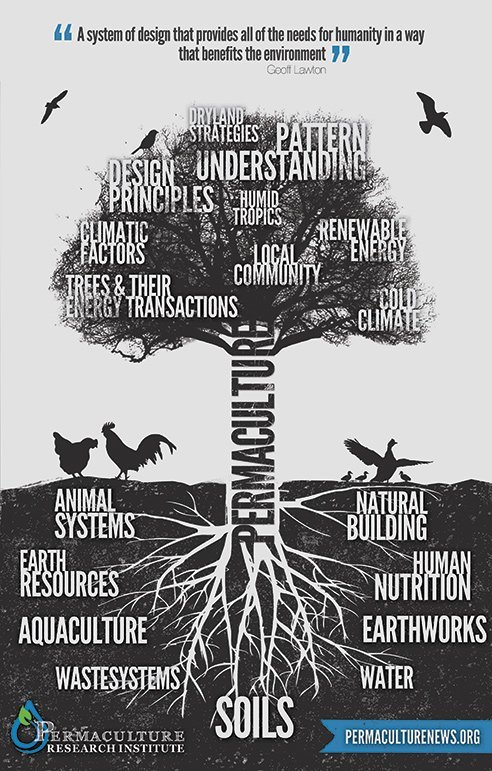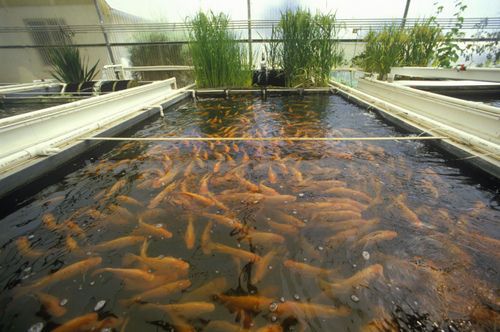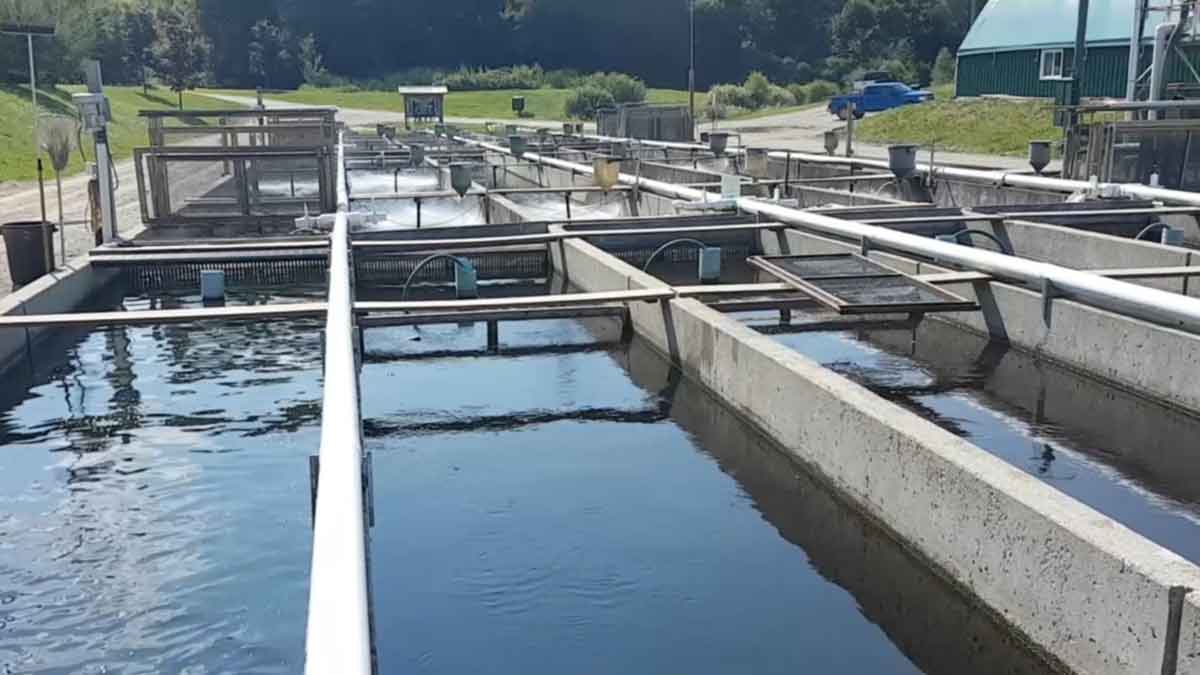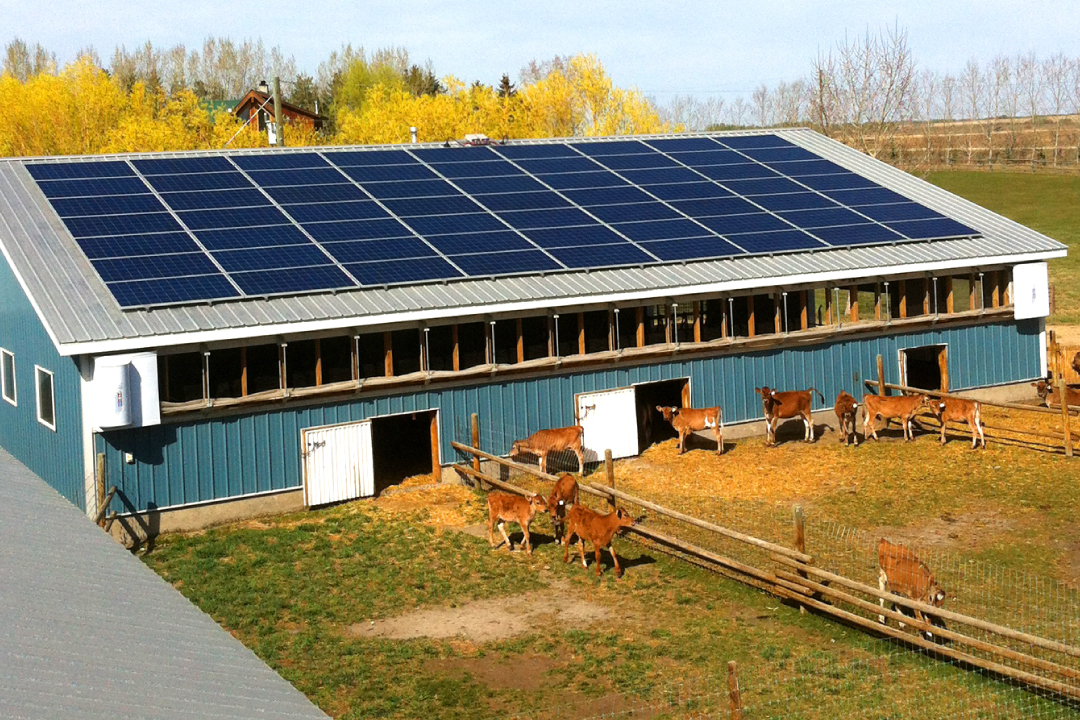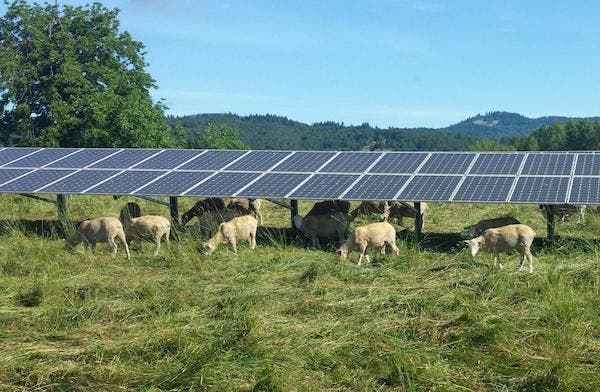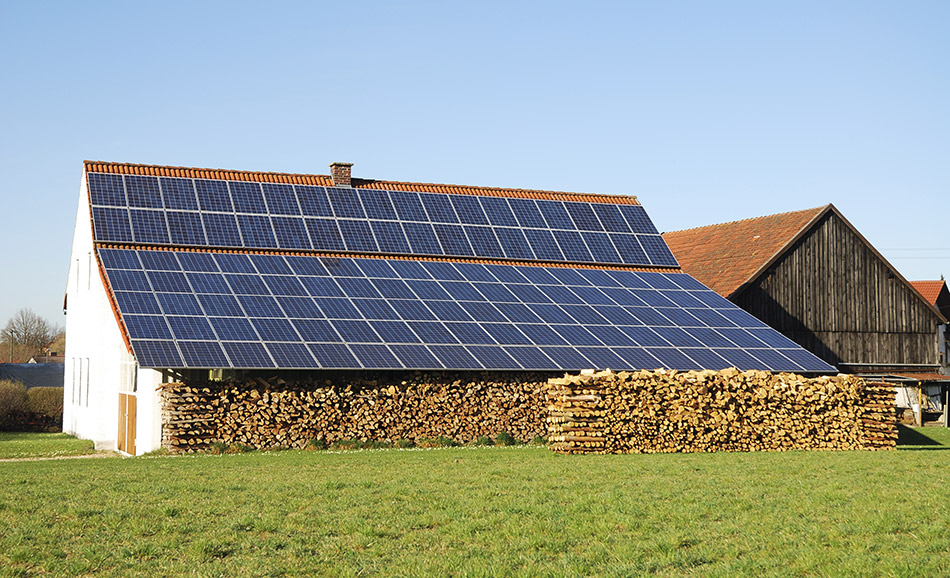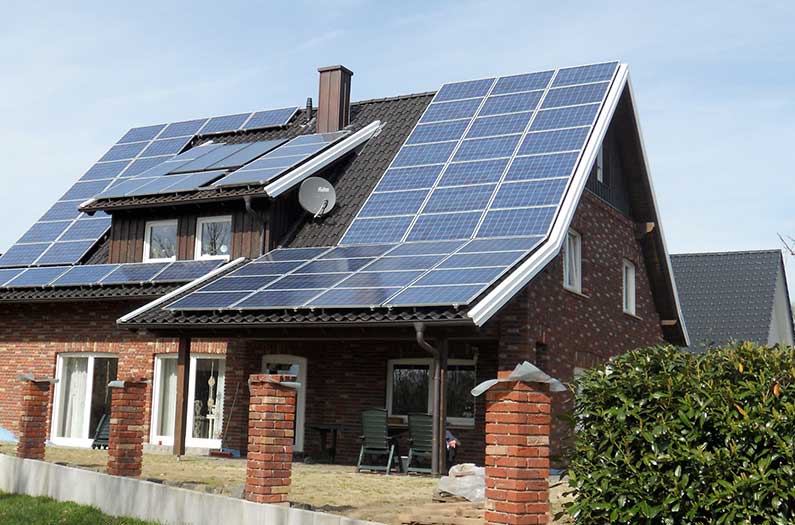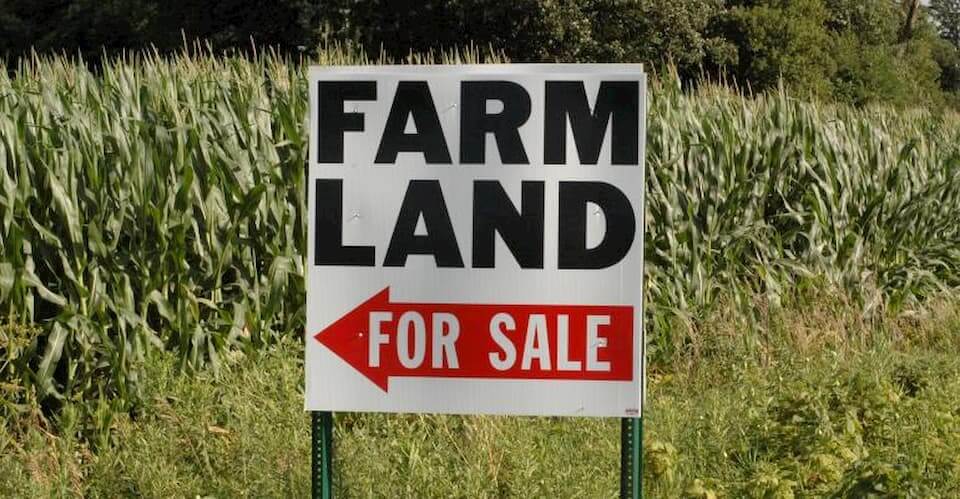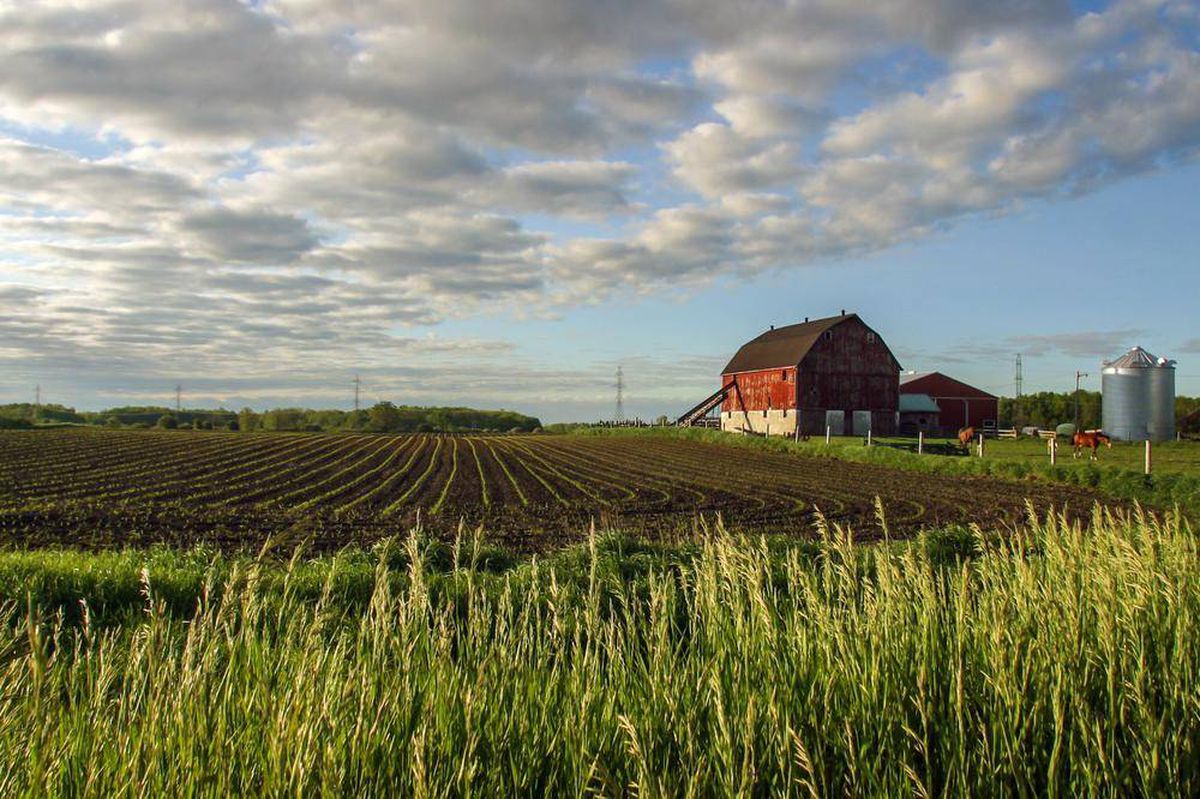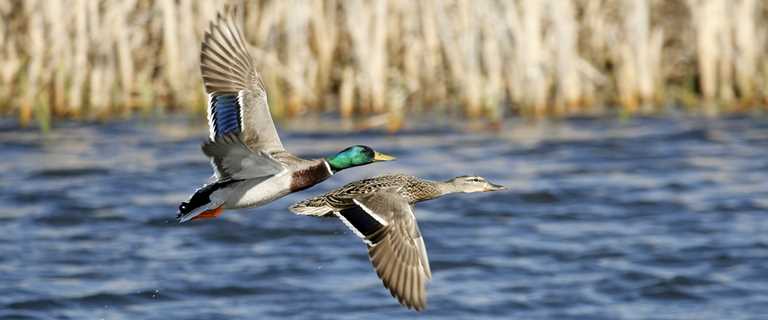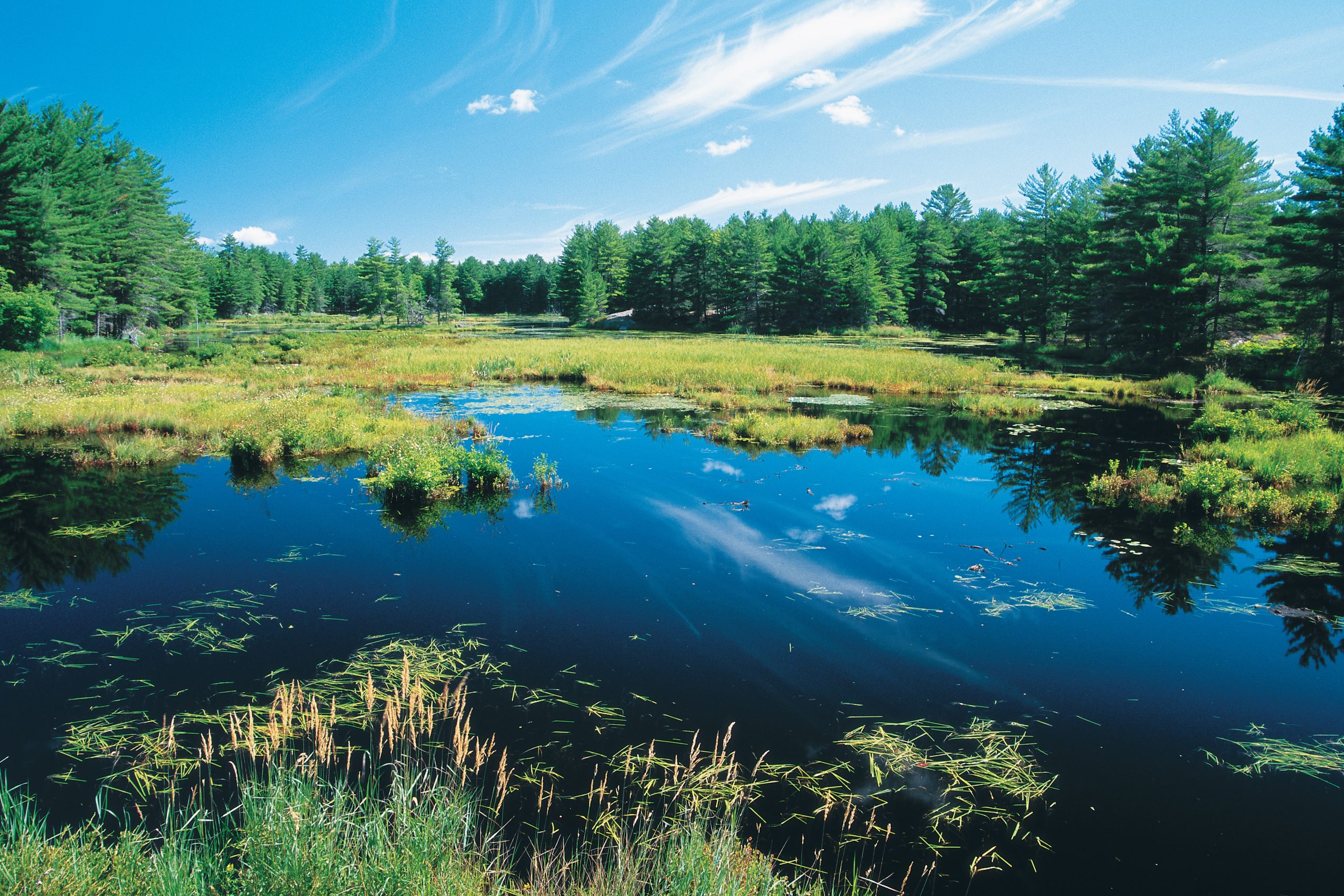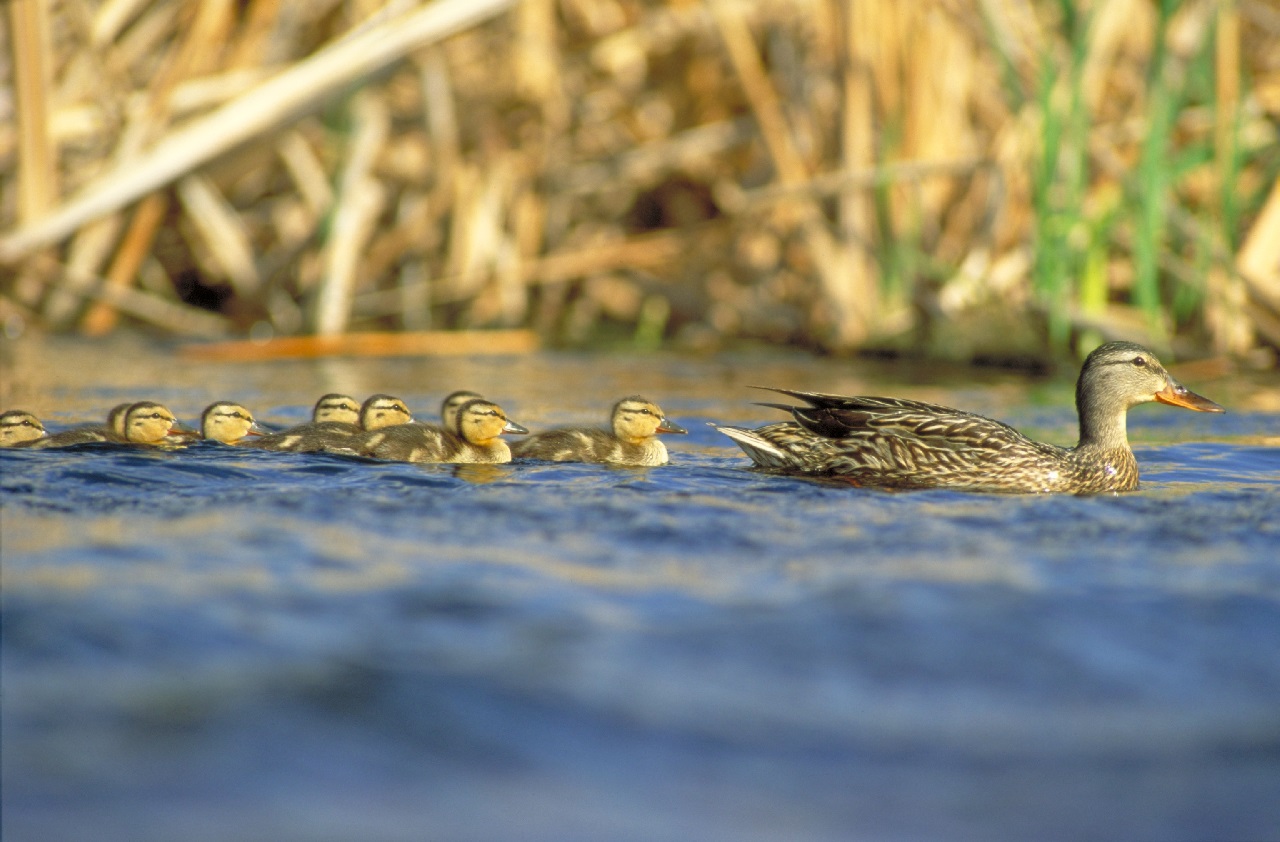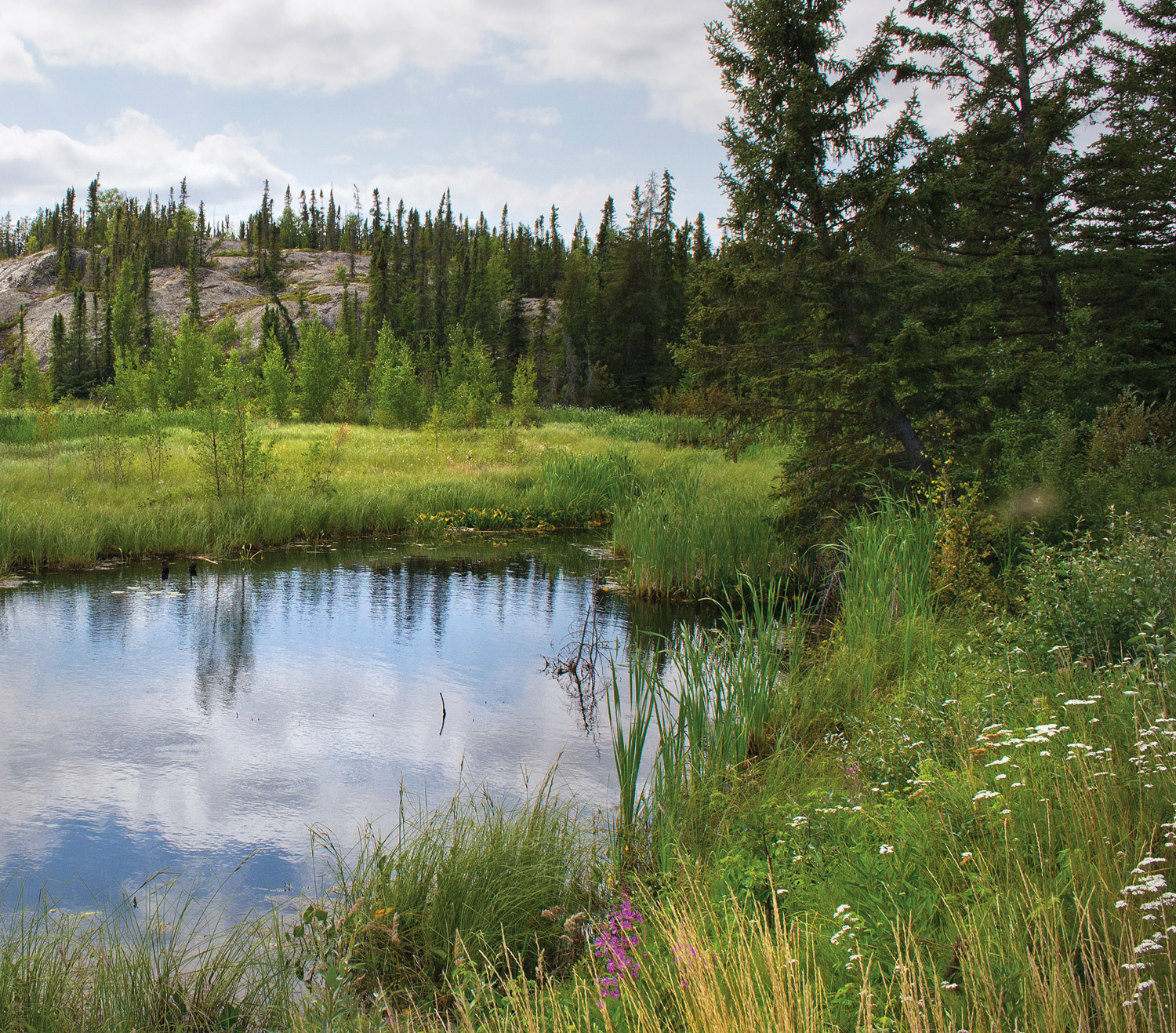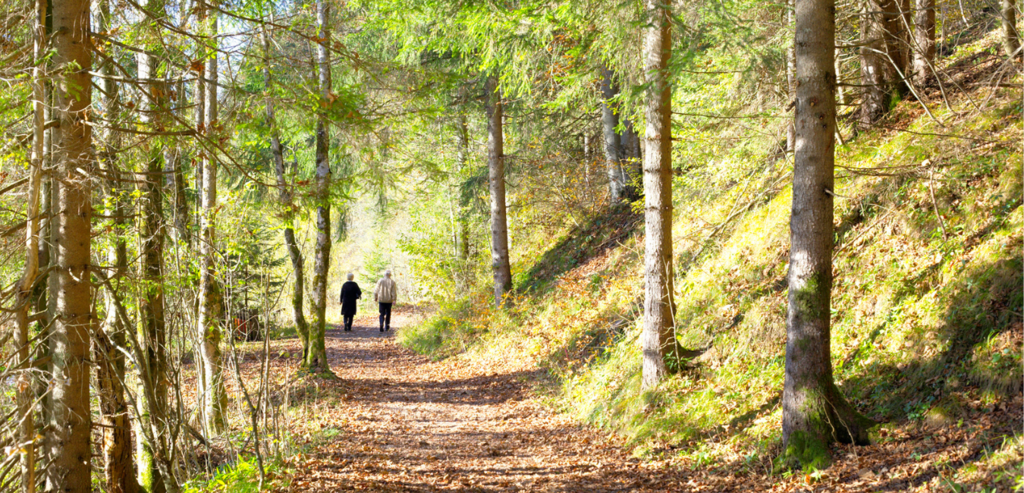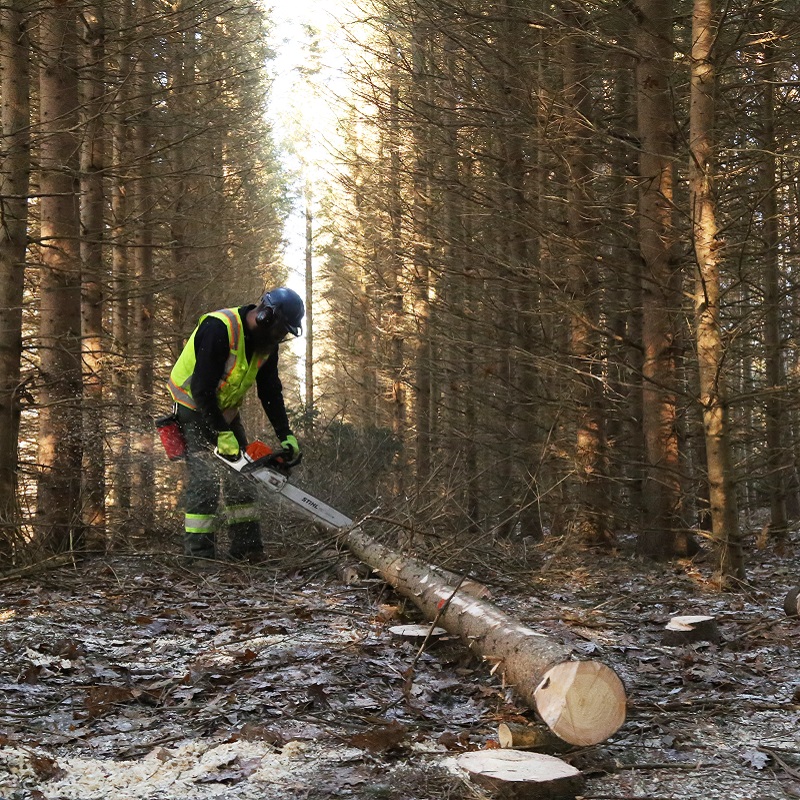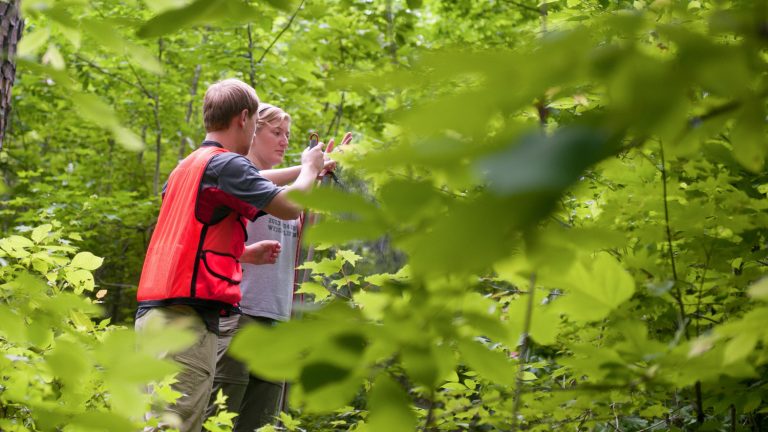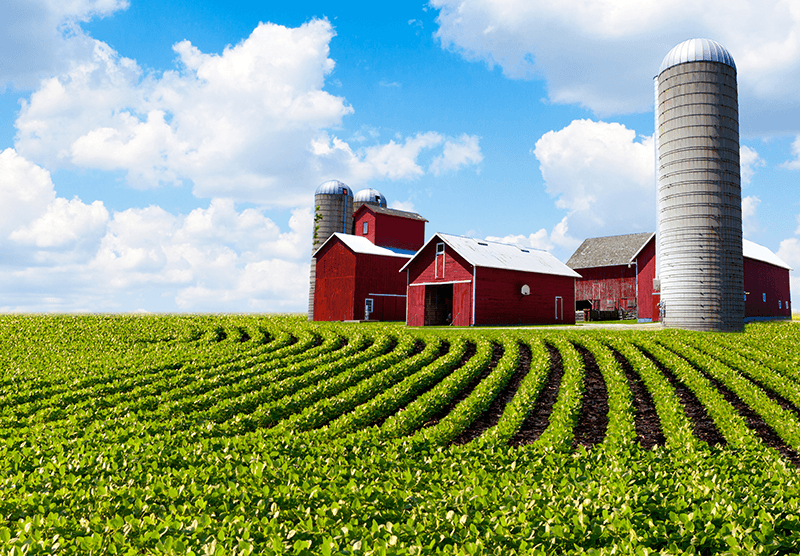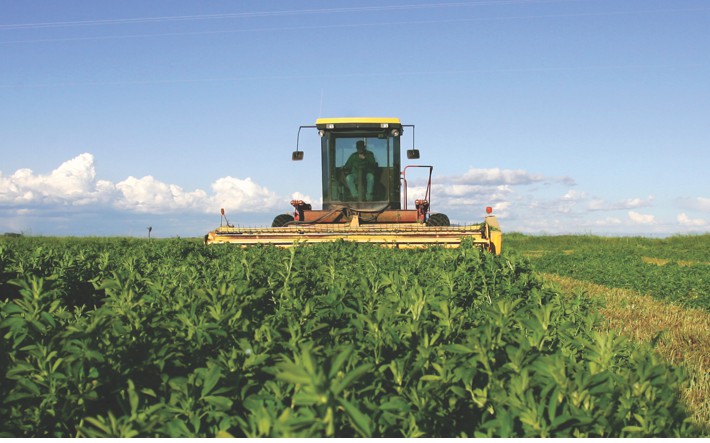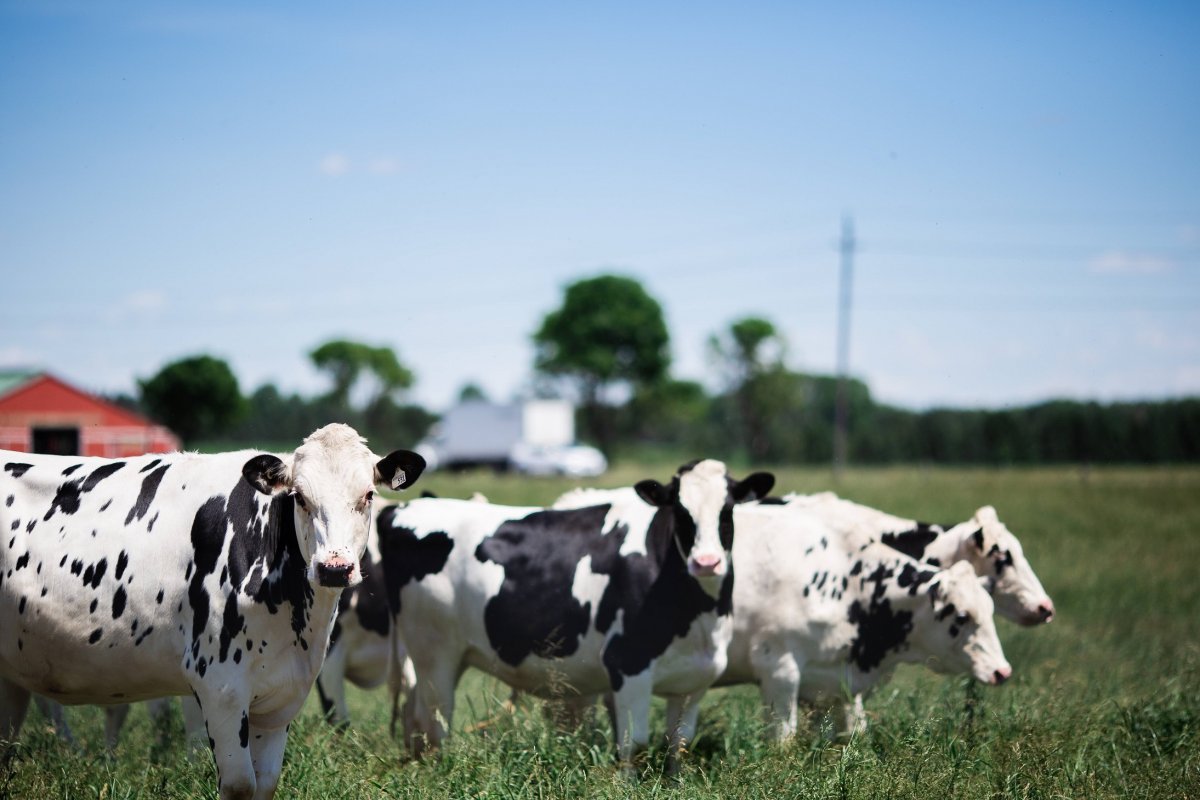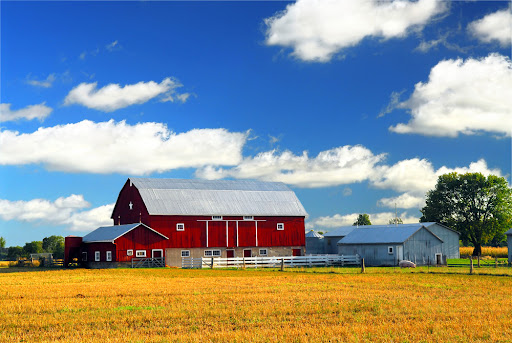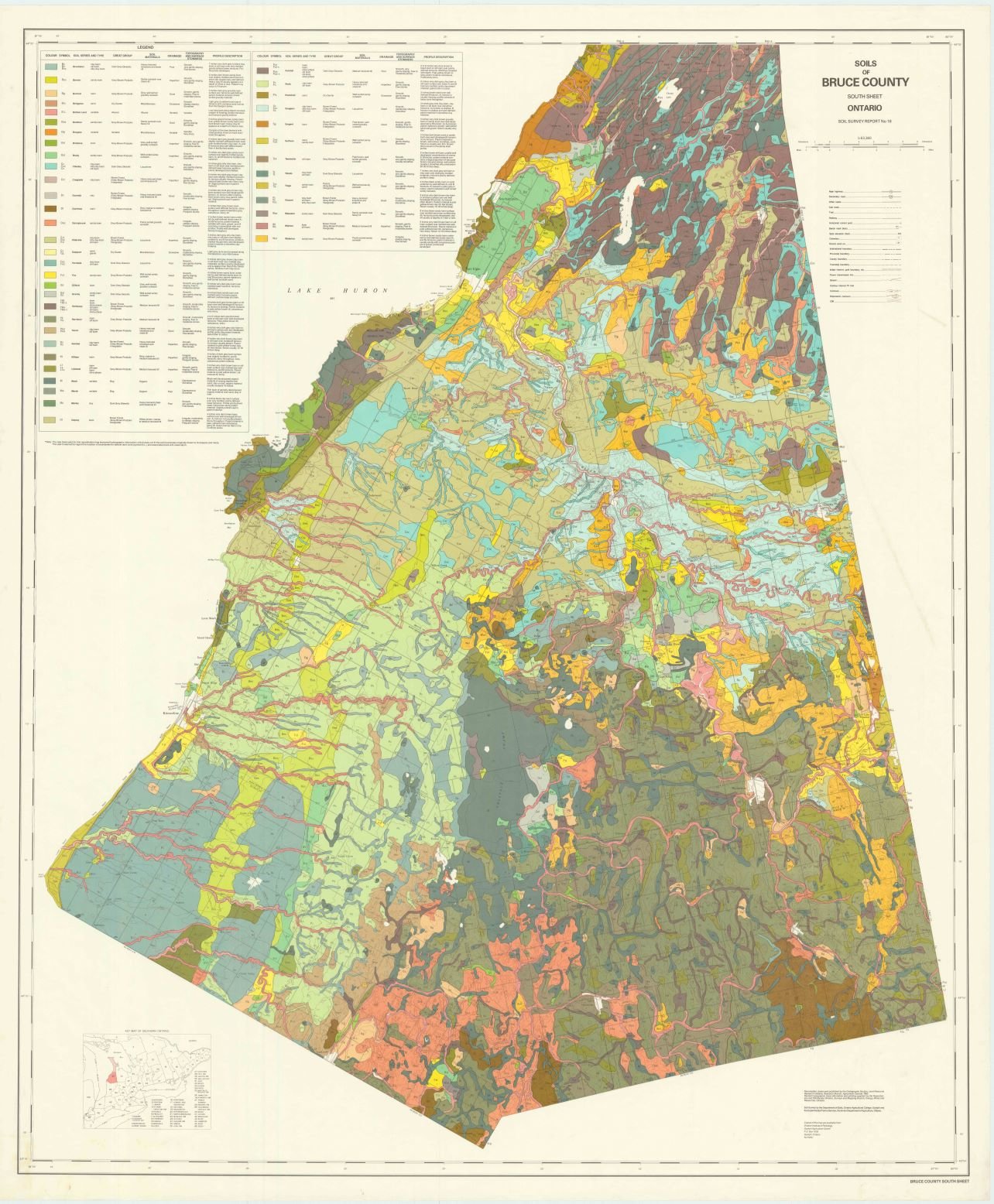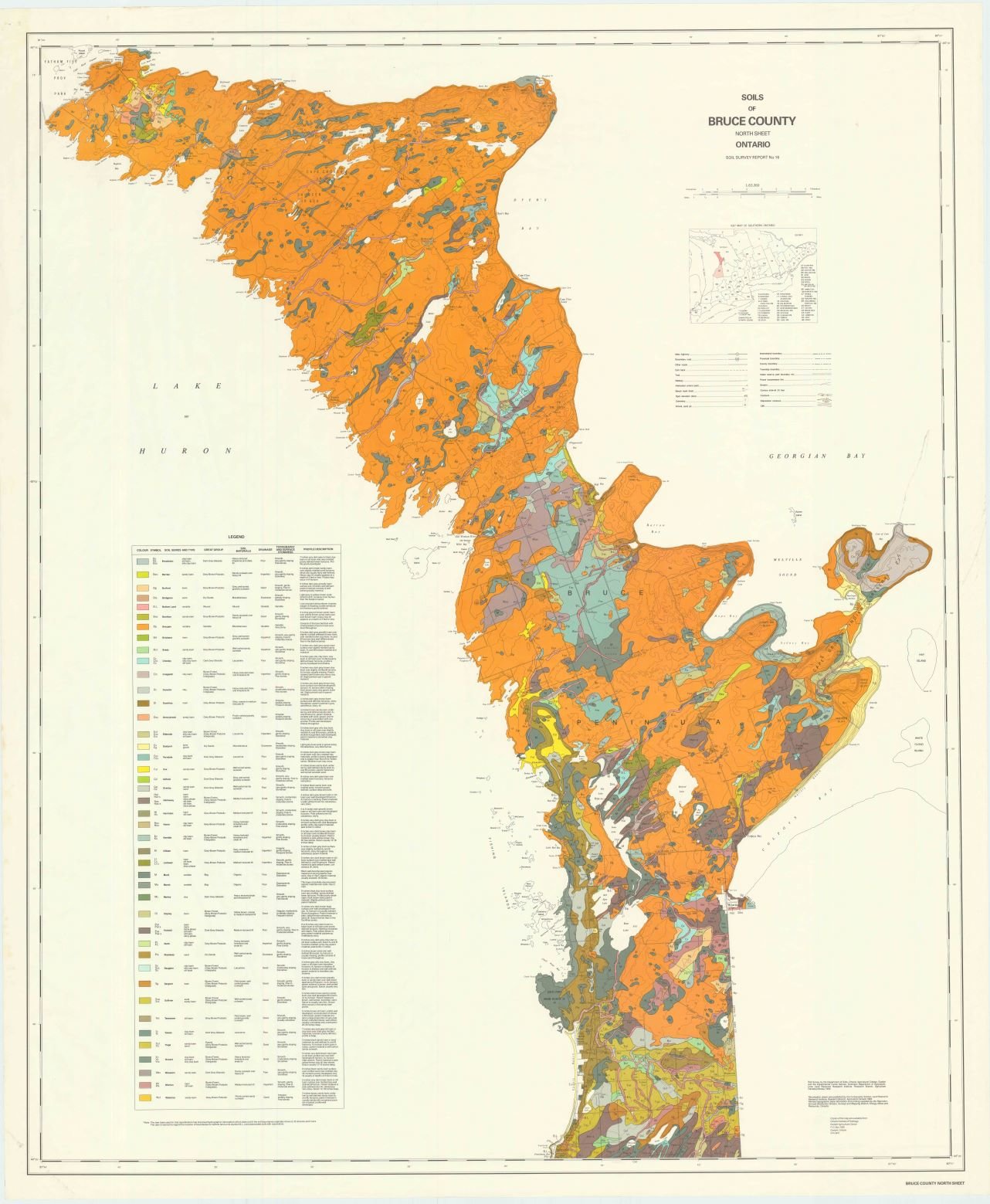Start Beekeeping in 10 Steps
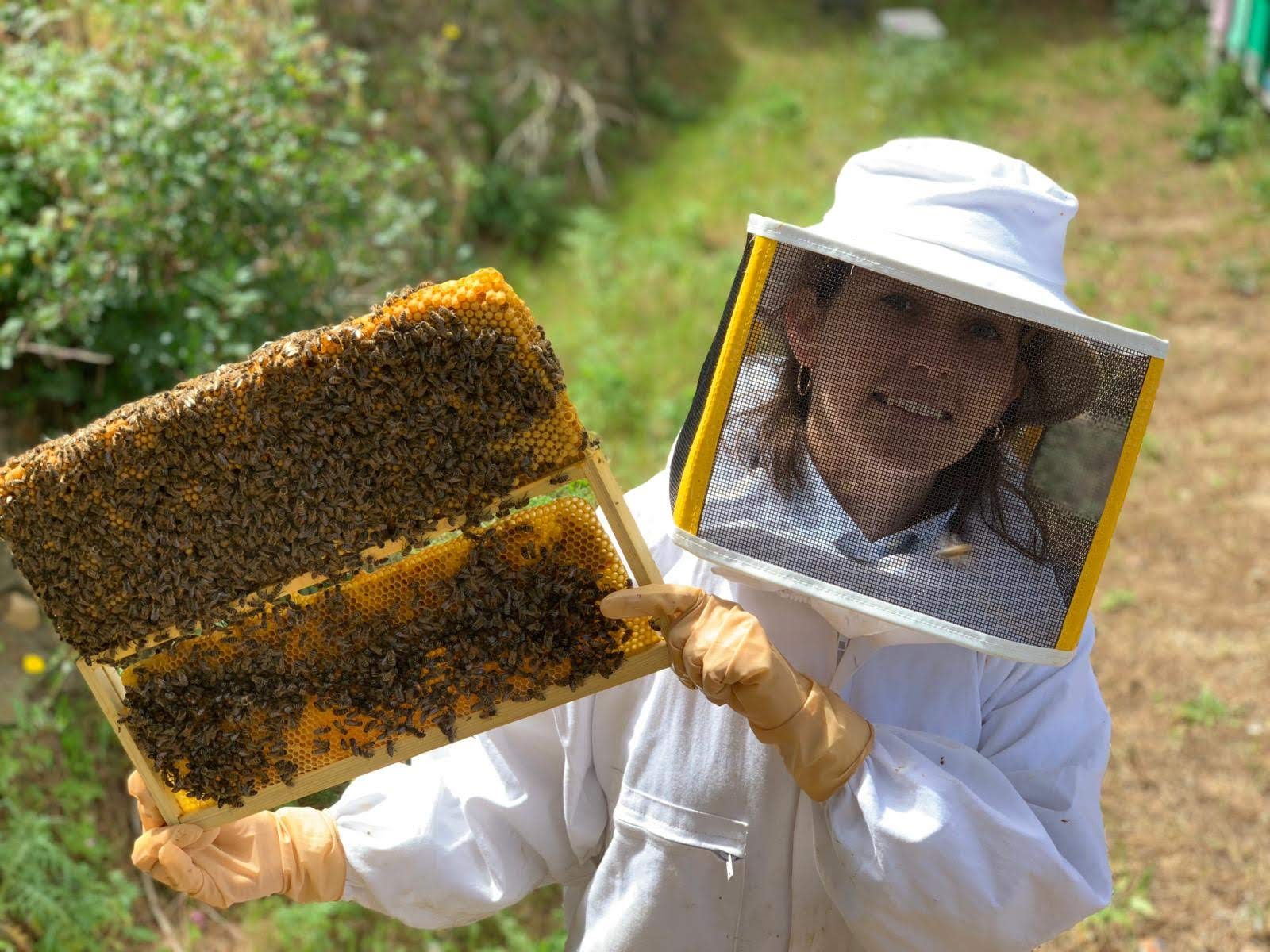
Are you interested in learning how to start beekeeping and producing your own honey? The Ontario Beekeeping Association (OBA) has a list of Five Questions To Ask Yourself to see if this is the right activity for you!
Here are 10 steps to help you get a successful start to your beekeeping journey.
1. Join a local beekeepers association
The very best way to start beekeeping is to join a local beekeeping association. Most associations are made up of new and experienced beekeepers, and they meet regularly to share information. Most associations have beekeeping books, magazines and videos for loan, and they bring in expert speakers. You can speak with an experienced beekeeper and ask for a visit to his/her beeyard and offer to help out to get some hands-on experience.
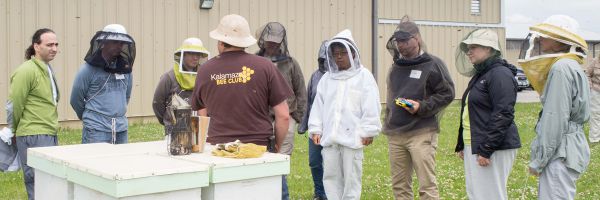
2. Learn all you can!
It’s become more common for Ontario bee suppliers to only sell bees to people who have had some training. Sign up for one of the Ontario Beekeeper’s Association (OBA) workshops or look for a local course in your area. Then, continue your education with a few good beekeeping books and magazines, learn from the OBA’s Tech-Transfer Program, and explore the Internet.
Be aware that although there are a lot of good resources online, there is also a lot of bumpf (a technical term for really bad beekeeping advice). It’s best to choose a few recommended experts that you can relate to and listen to them.
3. Start small
It’s a good idea to start with two or three hives. This will give you an idea of what it takes to keep bees, if your location is suitable, and whether you enjoy it or not. Two or more hives are also helpful for comparing hives and for equalizing winter stores and population for successful over-wintering.
4. Make a plan
When you start beekeeping, there are a number of practical considerations:
-
How much does it cost to start up beekeeping?
-
Where can I buy bees in Ontario?
-
What kind of bees are best in Grey & Bruce?
-
What kind of equipment do I need to start beekeeping?
-
How will I manage my hives?
-
What kind of records will I keep?
When it comes to the honey production side, it doesn’t have to be fancy, but you’ll feel a lot more confident if you make a plan ahead of time.
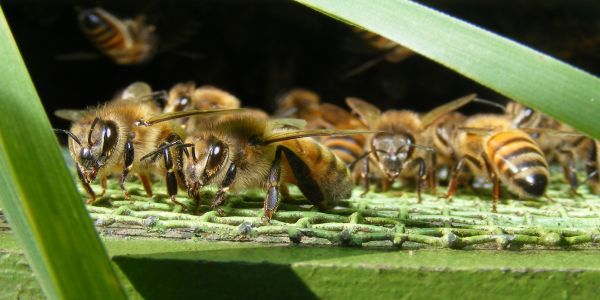
5. Consider your equipment
There are a lot of options in beekeeping equipment, especially in hive components. You’ll want to think about your physical capacity and the pros and cons of various options. It’s a pretty significant financial investment, and you’ll be living with your choices for a long time.
The most common hive bodies used are “standard” sized Langstroth equipment, but beekeepers are also quite often using medium-sized honey boxes, and some are using 8-frame components, although they are harder to source in Canada. There is a growing interest in topbar hives as well. Check out Ontario’s local suppliers for 10-frame hives. If you are interested in 8-frame equipment, look into Brushy Mountain and Dadant in the U.S.
Invest in good-quality smoker and hive tools because you want them to last.
6. Review local by-laws and register your hives
In Ontario, you are required to register your hives, and there are some important beekeeping regulations you need to know. When you register your hives, it gives the province important statistical data, and they will send you updates on recommended practices. Registration also connects you to the provincial inspectors, who are a very supportive source of expert information and advice. You can also ask the province to notify you if there is any significant pesticide spraying in your area.
7. Protect yourself
Here are a few ways to keep yourself safe when working with bees:
-
Make sure you, your family members, and close neighbours are not allergic to bee stings. Keep an Epi-pen on-site.
-
You may want to wear snug-fitting gloves until you are comfortable with bees.
-
It’s helpful to have a few clothing options on hand. You can get away with only a veil for light beekeeping (external inspections, feeding, etc.), but you’ll want a suit or jacket for full inspections. If you can afford it, look for a thick mesh suit because you won’t get stung, and they are cooler than the cotton ones. Rubber boots are good as well, especially if you have poison ivy in your beeyard.
Another important consideration is liability insurance. Even if you are just giving away your honey, your home insurance won’t likely cover you. Check with your insurer about your coverage. You may want to take advantage of OBA’s affordable group insurance to protect your personal assets.
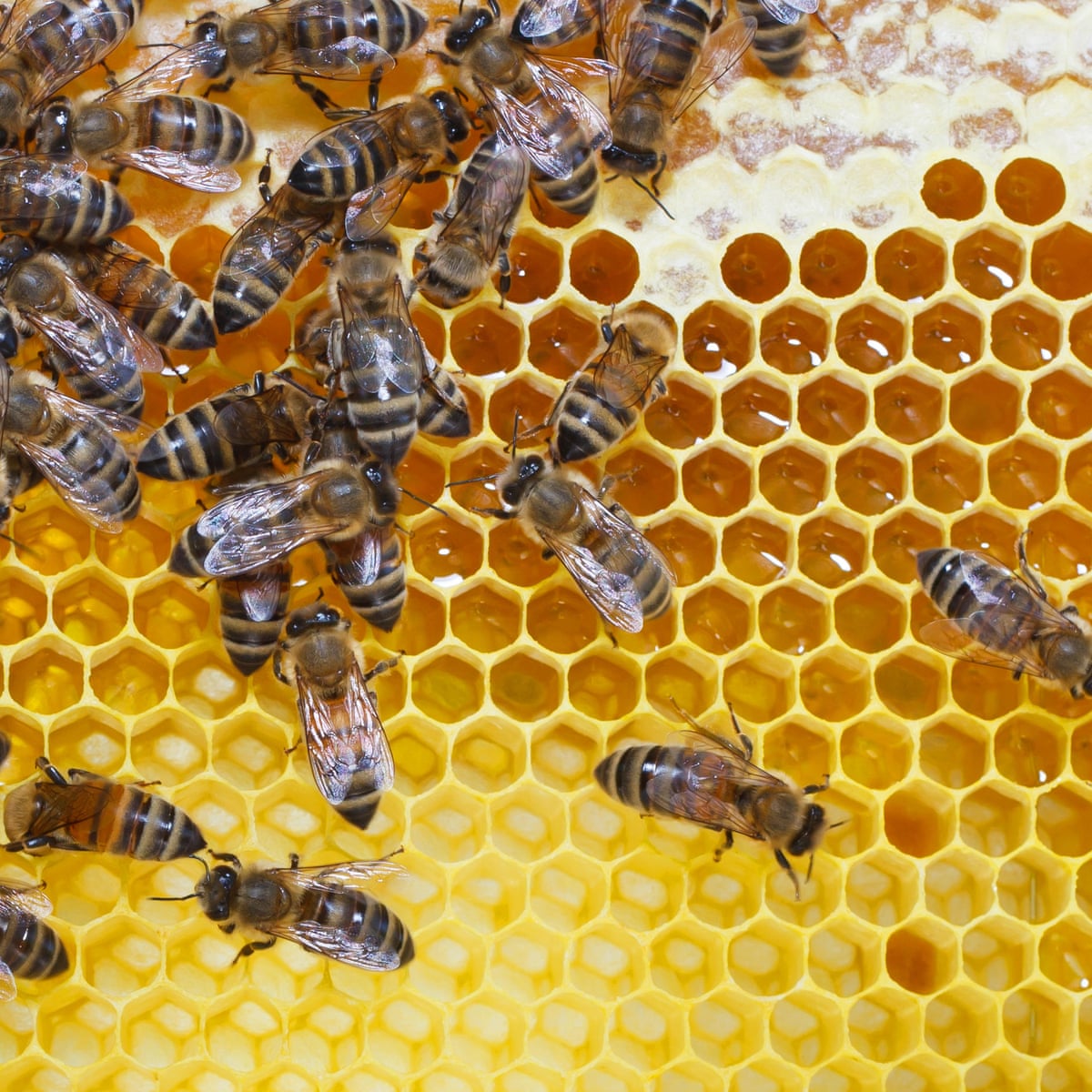
8. Watch and learn
While courses, books, and discussions with other beekeepers are all critical in building expertise and confidence, simply paying attention to what is going on in your hives is equally important. Spend time in your beeyard. You can learn a lot by watching, listening and smelling. Take your time when doing inspections, making comparisons and watching for changes.
9. Keep notes
As you pay close attention to your bees, keep notes on what you are seeing and doing. Some beekeepers keep a journal to track what’s in bloom, the weather conditions, actions they took, what they learned, mistakes they made, and questions they have. Some use a calendar to remind them to make timely interventions.
There are also some excellent smartphone apps that you can take into the beeyard that provide a framework for what to look for during inspections.
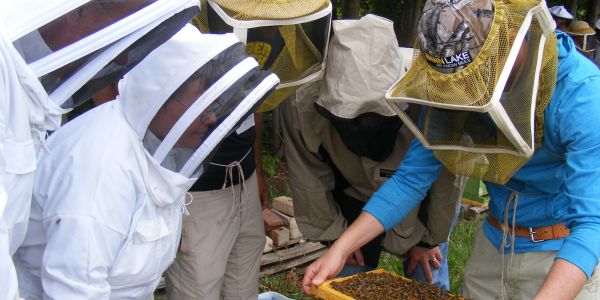
10. Enjoy the process!
Take the time to have fun with beekeeping and give yourself a break when you make mistakes. Beekeeping is one of the most enjoyable and interesting activities, but even seasoned beekeepers will tell you that it’s forever a work-in-progress. Do your best, keep learning, keep going, and have fun! Good luck!
10 Tips for Horse Trail Riding
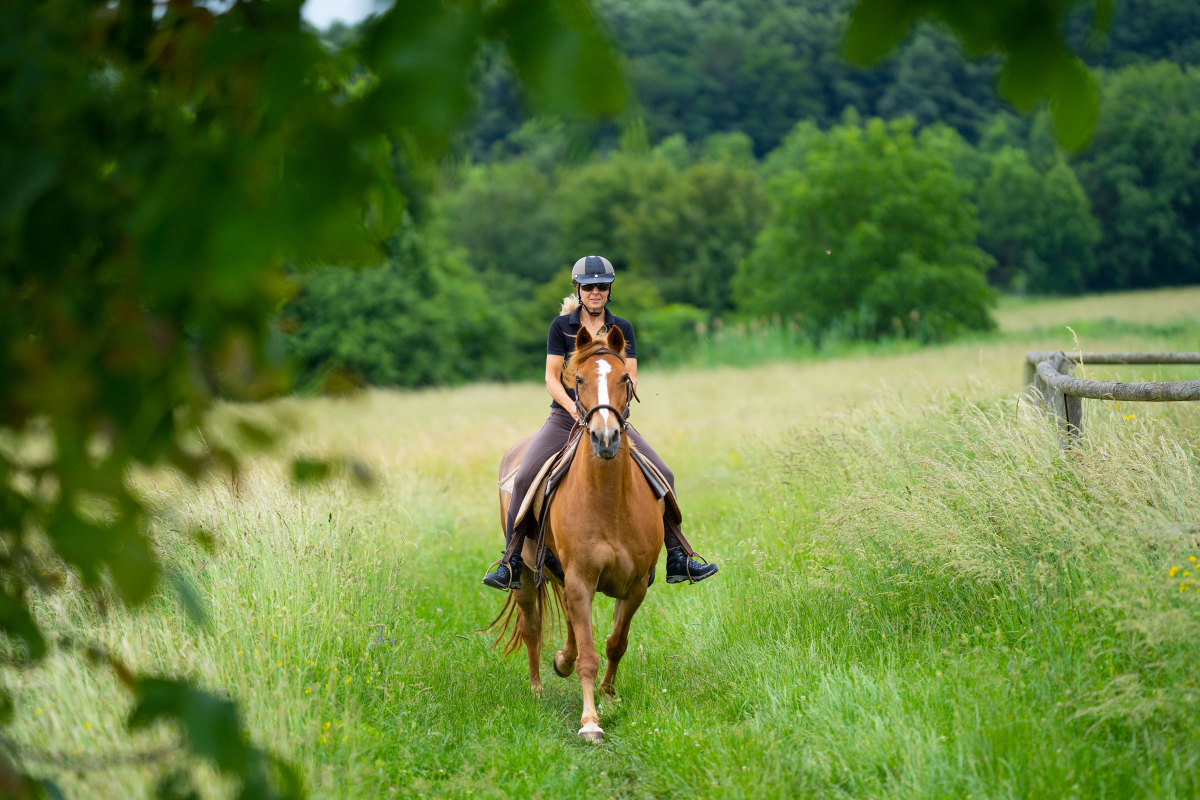
Each spring when the warm weather returns and horse enthusiasts get excited about riding the trails again, many wind up getting dumped on their first ride of the season. When your horse is well prepared, trail rides go much better.
Are you a new rider and wondering how to get started with trail riding? Here are my 10 favourite tips to help you and your horse get ready this year.
Re-establish the riding routine
If you’ve been off your horse for weeks or months, a trail ride is not the best way to return to the saddle. Horses learn and remember well, but they get rusty just like us when we haven’t done something in a while.
Establish a regular riding routine to re-train your horse’s responses and respectfulness. Start getting your horse accustomed to riding by reintroducing things slowly. When you’re on the trail, additional distractions like other horses will test your control of your mount.
Deal with any horse issues
If you run into specific problems in your schooling rides, deal with them in the arena or close to home before you go out on a trail. Is your horse being resistant or bullying you? Take steps to correct their behaviour and don’t make excuses for them.
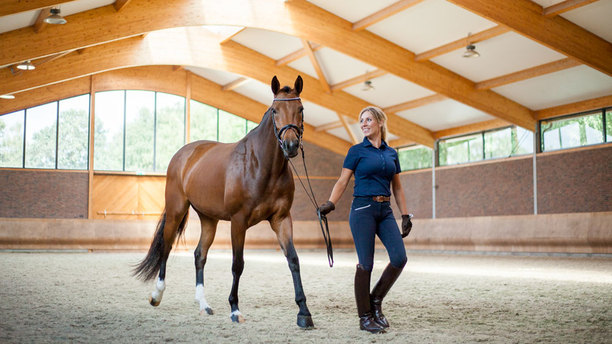
Practise easy trails
Explore your own area first with a trusted companion or two. Let your horse get used to being next to, in front, and behind another horse. Then practise being a few horse-lengths behind, which is a tough one. Practise crossing water, stepping over logs, and going up and down hills. Work out any problems in a controlled environment before you attempt new trails your horse has never seen before.
Be realistic about your horse’s abilities
Is your horse ready for the type of ride you want to do? Maybe he’s not and he would benefit from more training in the arena and on practice rides.
Gear up with proper equipment
You might want to consider special gear to help your ride go smoother:
-
A breast collar and a back cinch can prevent saddle slippage that might alarm your horse or unseat you
-
A well-adjusted running martingale will help keep your reins in place during a bumpy part of a ride
-
A mecate-rein setup or a longe line tucked into your saddlebag can help your horse relax
Pick good riding partners
Ride only with friends who know proper trail manners and can control their horses.
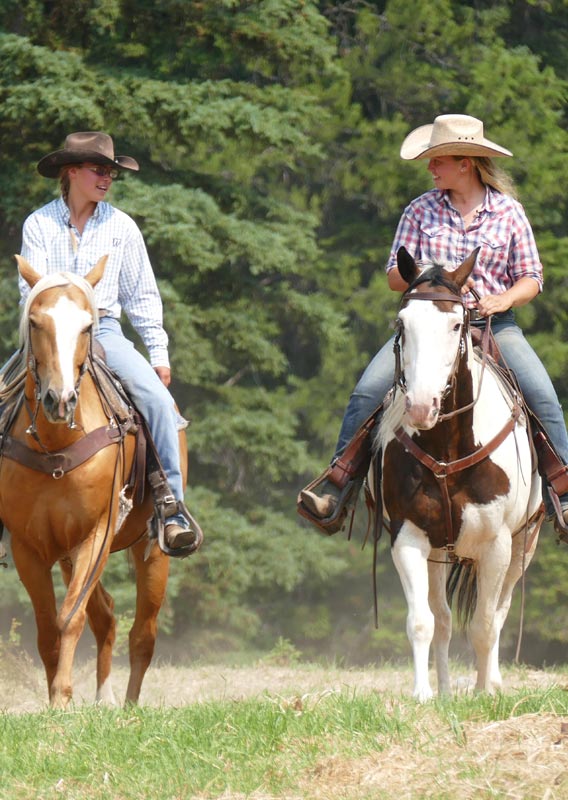

 Facebook
Facebook
 X
X
 Pinterest
Pinterest
 Copy Link
Copy Link
